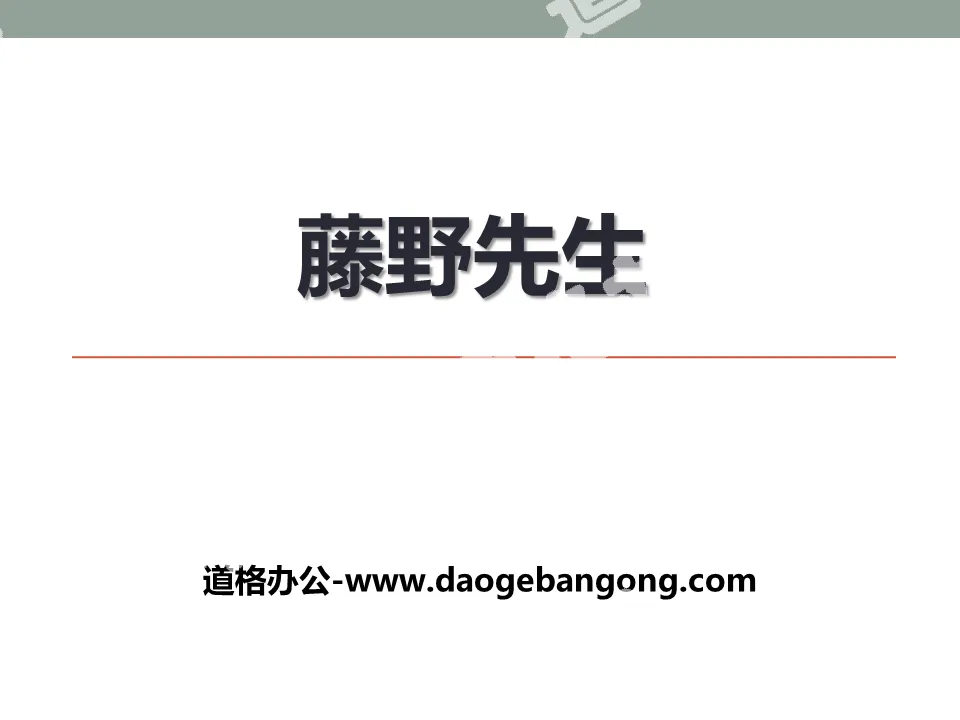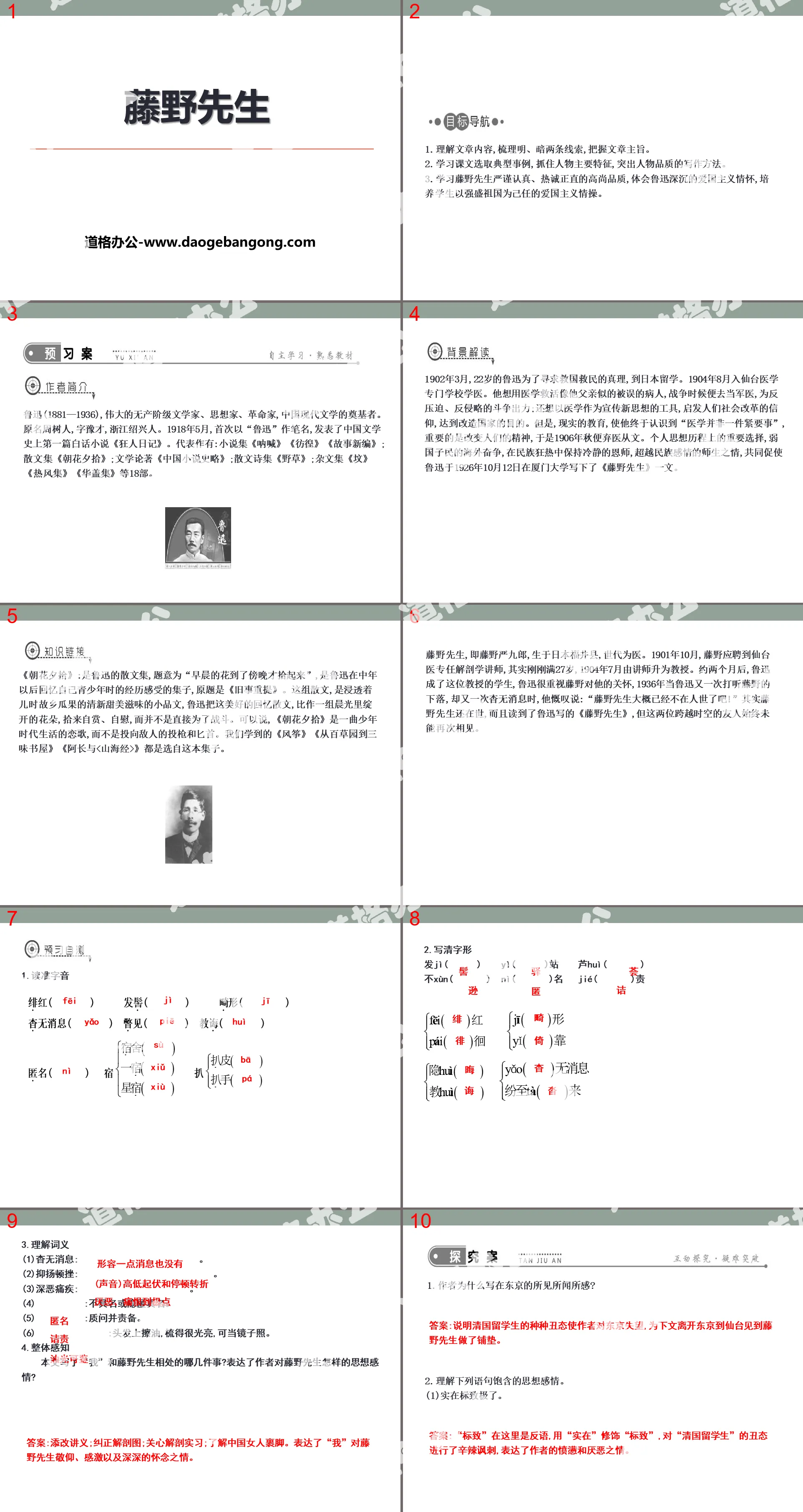The second volume of first-grade Chinese compiled by the People's Education Publishing House
The second volume of fifth-grade Chinese compiled by the People's Education Publishing House
The first volume of Chinese language for eighth grade compiled by the People's Education Publishing House
The first volume of first-grade Chinese compiled by the People's Education Publishing House
The first volume of ninth-grade Chinese compiled by the People's Education Publishing House
The first volume of fourth-grade Chinese compiled by the People's Education Publishing House
The first volume of Chinese language for sixth grade compiled by the People's Education Publishing House
The second volume of Chinese language for eighth grade compiled by the People's Education Publishing House
The first volume of Chinese language for fifth grade compiled by the People's Education Publishing House
The first volume of second-grade Chinese compiled by the People's Education Publishing House
Hunan Education Edition Third Grade Chinese Language Volume 1
The second volume of fourth-grade Chinese compiled by the People's Education Publishing House
The first volume of third-grade Chinese compiled by the People's Education Publishing House
The second volume of second-grade Chinese compiled by the People's Education Publishing House
The second volume of Chinese language for sixth grade compiled by the People's Education Publishing House
The second volume of seventh-grade Chinese compiled by the People's Education Publishing House

| Category | Format | Size |
|---|---|---|
| Jiangsu Education Edition Chinese Language for Ninth Grade Volume 2 | pptx | 6 MB |
Description
"Mr. Fujino" PPT courseware download
Part One: Target Navigation
1. Understand the content of the article, sort out the explicit and implicit clues, and grasp the main idea of the article.
2. Learn the writing method of selecting typical examples in the text, grasping the main characteristics of the characters, and highlighting the character's qualities.
3. Learn from Mr. Fujino’s noble qualities of rigor, earnestness, enthusiasm and integrity, experience Lu Xun’s deep patriotism, and cultivate students’ patriotic sentiments that take strengthening the motherland as their own responsibility.
Mr. Fujino’s PPT, part 2: Introduction to the author
Lu Xun (1881-1936), a great proletarian writer, thinker, revolutionist, and the founder of modern Chinese literature. His original name was Zhou Shuren, his courtesy name was Hencai, and he was a native of Shaoxing, Zhejiang. In May 1918, he used "Lu Xun" as his pen name for the first time and published the first vernacular novel "A Madman's Diary" in the history of Chinese literature. His representative works include: the novel collection "Scream", "Wandering" and "New Stories"; the essay collection "Morning Flowers Picked at Dusk"; the literary treatise "A Brief History of Chinese Novels"; the prose poetry collection "Weeds"; the essay collections "Grave" and "Hot Wind Collection" "Huagai Collection" and 18 other works.
In March 1902, 22-year-old Lu Xun went to Japan to study in order to seek the truth about saving the country and the people. In August 1904, he entered Sendai Medical College to study medicine. He wanted to use medicine to save patients who had been mistakenly treated like his father. He worked as a military doctor during the war to contribute to the fight against oppression and aggression. He also wanted to use medicine as a tool to promote new ideas and inspire people's belief in social reform. To achieve the purpose of transforming the country. However, the education of reality made him finally realize that "medicine is not an urgent matter". What is important is to change people's spirits, so in the autumn of 1906, he gave up medicine and followed literature. The important choices in his personal ideological journey, the overseas struggles of the people of a weak country, his mentor who remained calm in the national frenzy, and the love between teachers and students that transcended national sentiments all together prompted Lu Xun to write this at Xiamen University on October 12, 1926. The article "Mr. Fujino" was published.
Mr. Fujino’s PPT, part three: exploration
1. Why did the author write about what he saw, heard and felt in Tokyo?
Answer: It shows that the various ugliness of the Qing students abroad made the author disappointed with Tokyo, which paved the way for leaving Tokyo to go to Sendai to meet Mr. Fujino.
2. Understand the thoughts and feelings contained in the following sentences.
(1) It’s really beautiful.
Answer: "Peugeot" here is an irony, using "real" to modify "Peugeot", making a bitter satire on the ugliness of "Qing students studying abroad" and expressing the author's resentment and disgust.
(2) China is a weak country, so the Chinese are of course imbecile. If the score is above 60, it is not their own ability: no wonder they are confused.
Answer: There is no causal relationship between "China is a weak country" and "Of course the Chinese are imbeciles." The author uses "of course" to emphasize it, revealing the absurd logic of Japan's "patriotic youth" and expressing the author's resentment and injustice. . "It's no wonder they were doubtful", which expresses the author's extremely bitter and resentful feelings after suffering humiliation.
3. Why did the author say goodbye to Mr. Fujino and leave Sendai (or what was the reason why the author gave up medicine and turned to literature)? What kind of spirit does this show?
Answer: The "anonymous letter incident" made the author deeply feel the sadness of the discrimination against the citizens of a weak country, and the "movie watching incident" deeply hurt the author's national self-esteem. The author realizes that medicine cannot save China. To save the country, the main thing is to awaken the people's consciousness and change their spirit. This shows the author's deep patriotism.
Mr. Fujino’s PPT, Part 4: How to analyze the clues of the article
Clues refer to items, events or emotions that connect the occurrence and development of events. They are a "link" that runs through all the material in an article and promotes the development of the content of the article.
Common clue types: ① character clues, ② item clues, ③ emotional clues, ④ event clues, ⑤ time clues, ⑥ location clues.
Methods to find clues in an article: ① First, understand the genre, content, and expression of the article; ② Pay attention to the title of the article; ③ Sometimes, the article uses a certain word or thing to appear repeatedly from beginning to end to show clues. ; ④ Sometimes, arguments and emotions are used to show clues, and such clues are often some kind of emotion. In addition, some articles have two clues at the same time, one bright line and one dark line. This method is often used in complex narratives.
Keywords: Free download of Chinese PPT courseware for the second volume of the ninth grade of Jiangsu Education Edition, Mr. Fujino PPT download, .PPT format;
For more information about "Mr. Fujino" PPT courseware, please click the Mr. Fujino ppt tag.
"Mr. Fujino" PPT:
"Mr. Fujino" PPT Part One: Introduction of New Lesson On November 29, 1998, President Jiang Zemin visited the Lu Xun Monument in Sendai, Japan. Why is Lu Xun's monument built in Sendai? What is the relationship between Mr. Fujino and Lu Xun? When Lu Xun left Sendai...
"Mr. Fujino" PPT courseware 13:
"Mr. Fujino" PPT courseware 13 Writing background This article was written on October 12, 1926, twenty years after the author said goodbye to Mr. Fujino. The location is Xiamen University. Just after the March 18th massacre, Lu Xun actively supported the just actions of patriotic students and fought with the reactionary warlords...
"Mr. Fujino" PPT courseware 12:
"Mr. Fujino" PPT courseware 12 Lu Xun (18811936) was a great writer, thinker, and revolutionary. Born in Shaoxing, Zhejiang, his original name was Zhou Shuren and his courtesy name was Hencai. He used Lu Xun as his pen name since his first novel "A Madman's Diary". Famous collections of works include "Weeds", "..
File Info
Update Time: 2024-11-22
This template belongs to Chinese courseware Jiangsu Education Edition Chinese Language for Ninth Grade Volume 2 industry PPT template
"Mr. Fujino" PPT courseware download Simple campus recruitment activity planning plan summary enterprise and institution recruitment publicity lecture PPT template is a general PPT template for business post competition provided by the manuscript PPT, simple campus recruitment activity planning plan summary enterprise and institution recruitment promotion Lecture PPT template, you can edit and modify the text and pictures in the source file by downloading the source file. If you want more exquisite business PPT templates, you can come to grid resource. Doug resource PPT, massive PPT template slide material download, we only make high-quality PPT templates!
Tips: If you open the template and feel that it is not suitable for all your needs, you can search for related content "Mr. Fujino" PPT courseware download is enough.
How to use the Windows system template
Directly decompress the file and use it with office or wps
How to use the Mac system template
Directly decompress the file and use it Office or wps can be used
Related reading
For more detailed PPT-related tutorials and font tutorials, you can view: Click to see
How to create a high-quality technological sense PPT? 4 ways to share the bottom of the box
Notice
Do not download in WeChat, Zhihu, QQ, built-in browsers, please use mobile browsers to download! If you are a mobile phone user, please download it on your computer!
1. The manuscript PPT is only for study and reference, please delete it 24 hours after downloading.
2. If the resource involves your legitimate rights and interests, delete it immediately.
3. Contact information: service@daogebangong.com
"Mr. Fujino" PPT courseware download, due to usage restrictions, it is only for personal study and reference use. For commercial use, please go to the relevant official website for authorization.
(Personal non-commercial use refers to the use of this font to complete the display of personal works, including but not limited to the design of personal papers, resumes, etc.)
Preview










